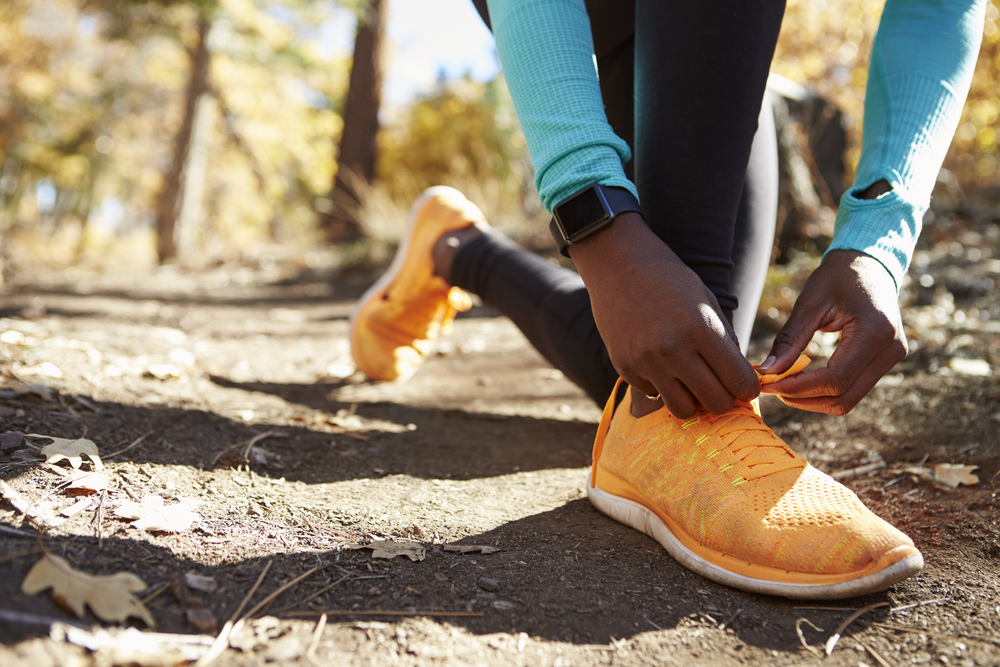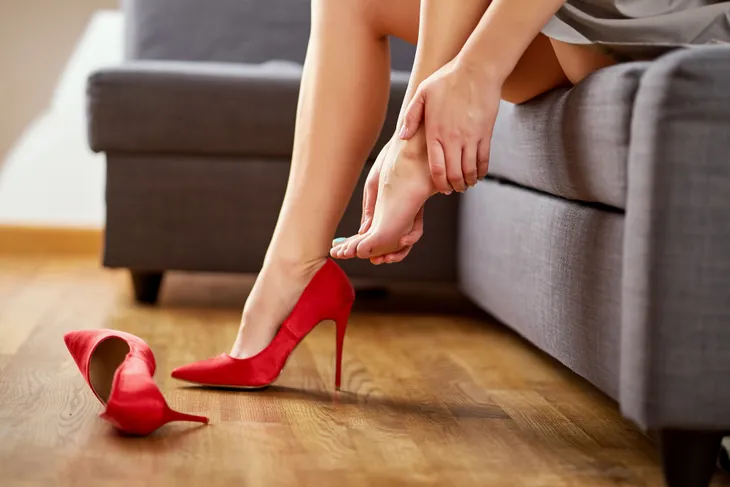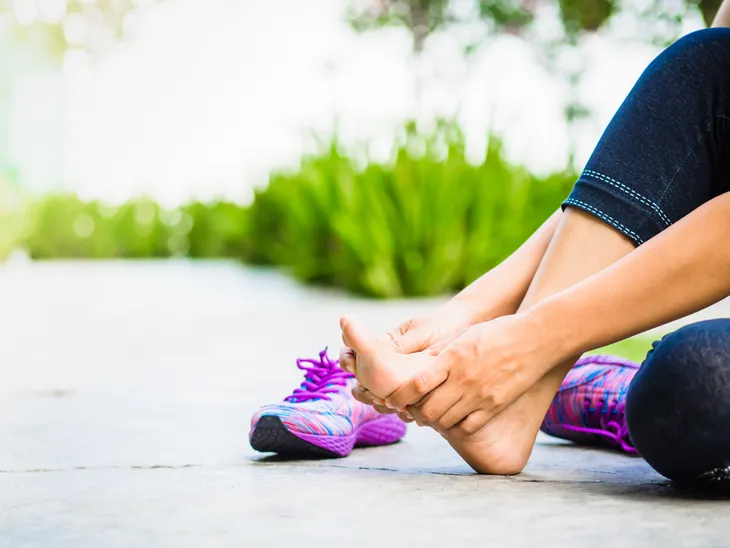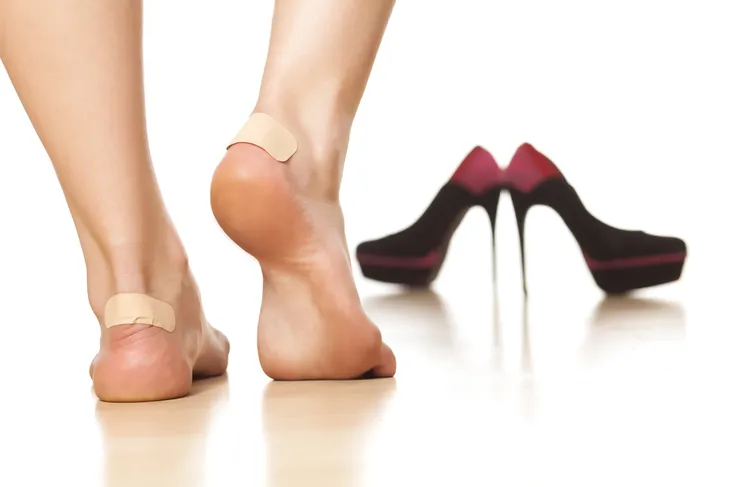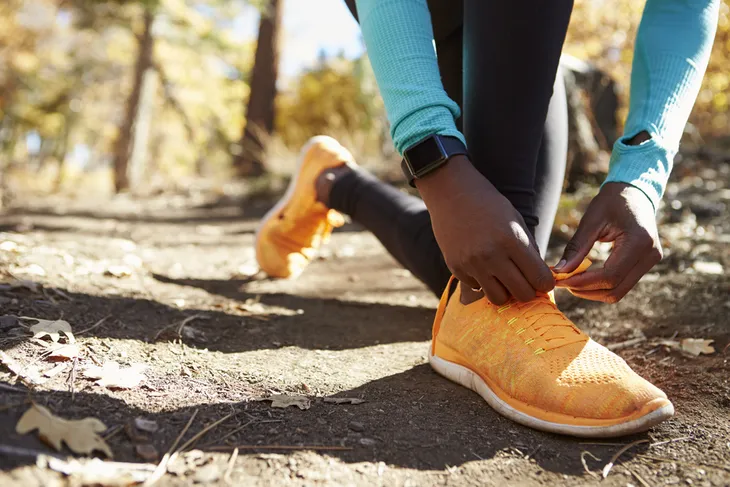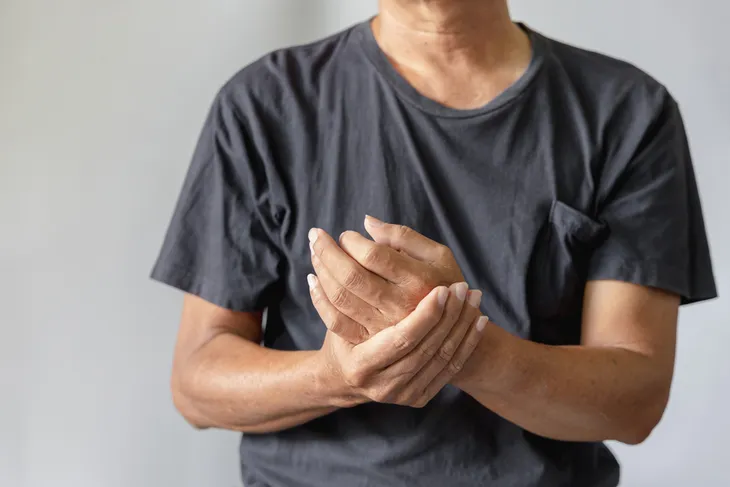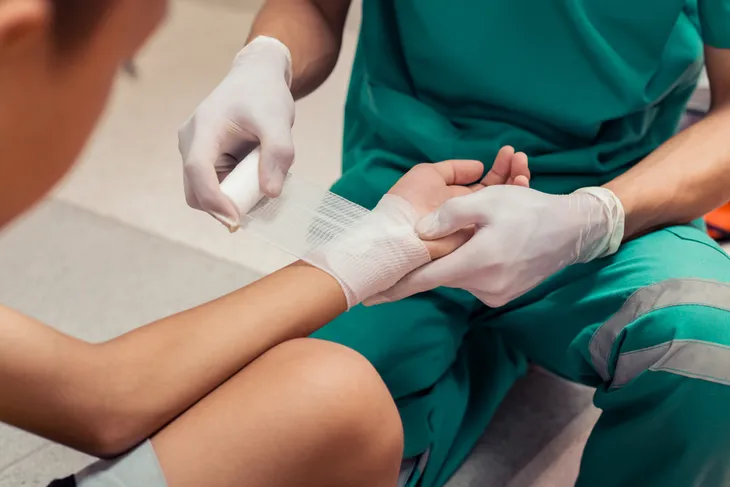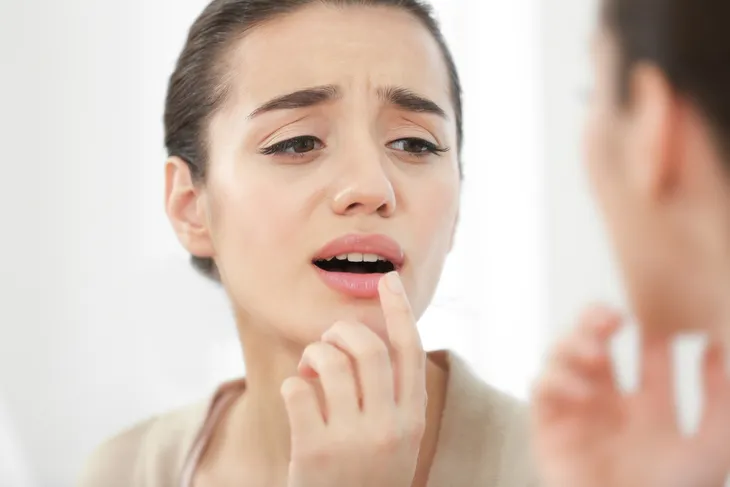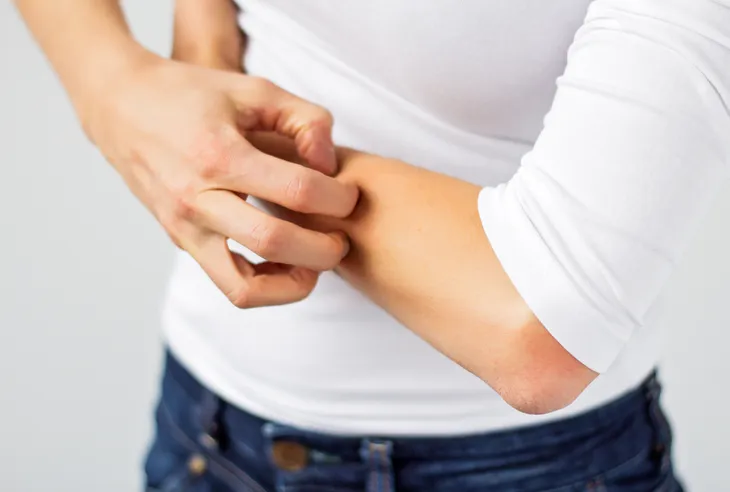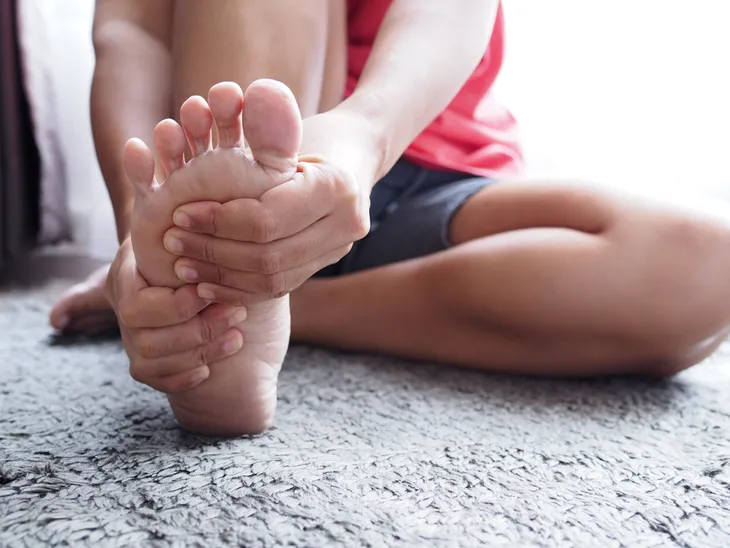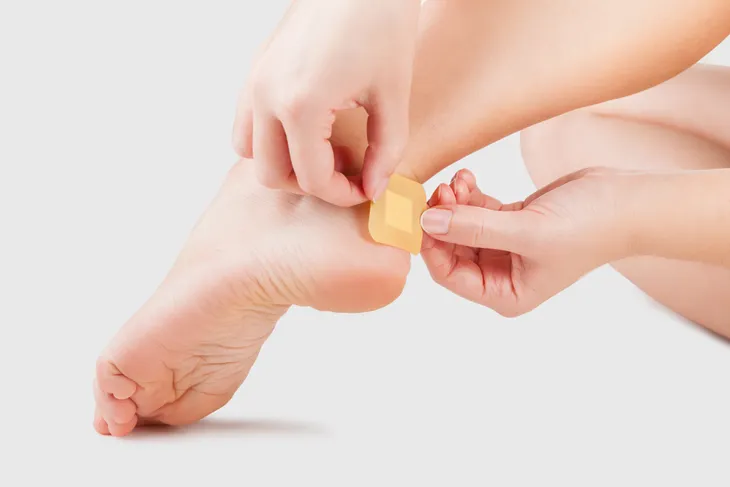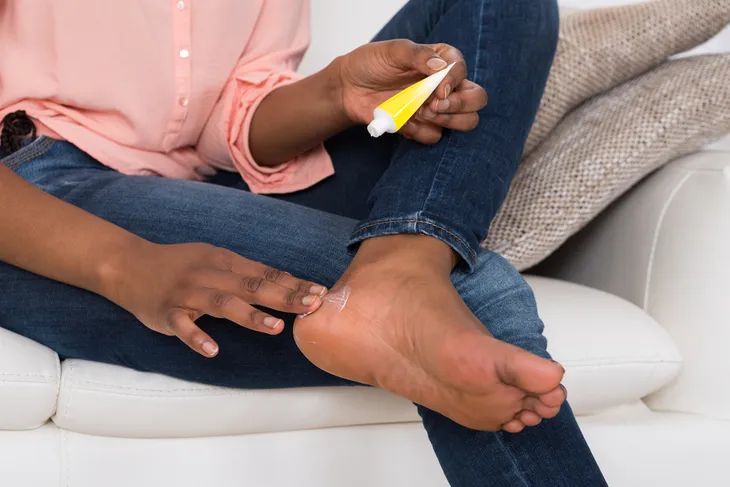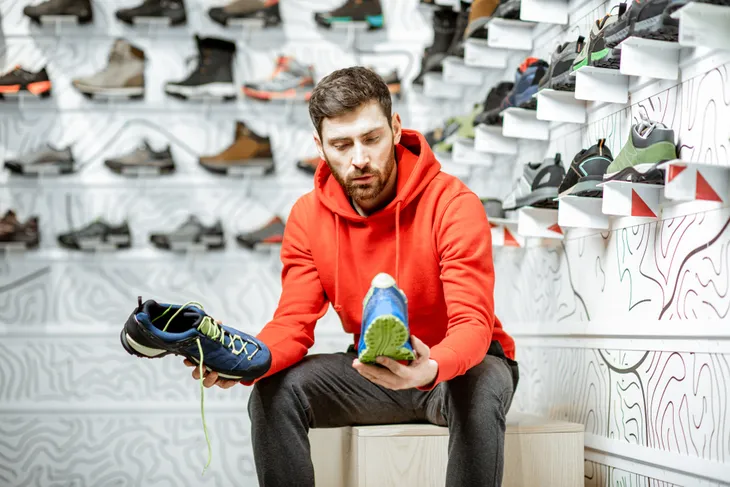- Blisters are bubbles filled with either clear or bloody liquid.
- There are different types of blisters but the most common are friction blisters which typically form on the feet or hands.
- Extreme temperatures, viral or bacterial infections, and chemical exposure can also cause blisters.
- If your blister hasn’t popped, the best thing to do is leave it alone and allow it to heal on its own.
Ah blisters, we’ve all been there! Most of us are familiar with those annoying, squishy bubbles that often form after breaking in a new pair of shoes. They’re not only a nuisance, but they can be quite painful too. Did you know there are many different types of blisters too? Some can be caused by extreme temperatures while others can be caused by viral or bacterial infections.
If you have a blister and you’re not quite sure what is causing it, follow along as we break down the different types of blisters and their causes. We’ll also look into if you should pop the blister or leave it alone as well as the best way to treat it.
Common Signs of a Blister
A blister forms on the uppermost layer of the skin, known as the epidermis. This layer serves a vital job of protecting and cushioning the layers below. So, how do you know if you have one for sure?
A blister “will appear as a localized bubble filled with either clear or bloody liquid,” explains Johns Hopkins Medicine. It may also be painful or itchy. When blisters have a systemic cause (such as an infection) you may have other symptoms too, such as pain, fever, or fatigue. They can appear on various parts of your body, depending on the cause.
How Do Blisters Form?
The most common cause of blisters is friction. These are the blisters that commonly form on your hands or feet. So how do they form exactly? Medical News Today says the stratum spinosum is the skin layer that is most susceptible to shear. As this layer of skin tears away, a “plasma-like fluid leaks from the cells and begins to fill the gap that is created.” This is how the blisters form. The source also says the fluid actually “encourages new growth and regeneration.”
So, what happens next? About 6-hours after the blister forms, cells at the base start to take up amino acids and nucleotides (the building blocks of protein and DNA). As time passes, new skin layers are formed and by 12-hours a new upper layer of skin is visible. As the new cells grow, the fluid will begin to reabsorb and the swelling of the blister will go down.
Types of Blisters and Their Causes
As mentioned, the most common type of blister is a friction blister, which usually develops on your hands or feet. However, there are many other types of blisters with different causes.
Some blisters are caused by viral or bacterial infections while others may be caused by extreme temperatures or exposure to chemicals. Let’s take a look at the different types of blisters and their causes next.
Friction Blister
A friction blister is caused by repetitive friction or rubbing. These types of blisters usually appear on the hands or feet because these areas of the body are the most likely to experience repetitive abrasion.
Things like walking, running, or wearing tight-fitting shoes for long periods can cause blisters to form on the feet. Playing the drums, shoveling, raking, or using other tools can cause blisters to form on the hands. Medical News Today also notes that blisters are more likely to form in warm and damp conditions, such as the inside of a shoe or glove.
Blood Blister
Blood blisters are another common type of blister. This type forms when there is an injury to the blood vessels on the surface of the skin. Blood blisters are red because the broken blood vessels “leak blood into the blister along with serum,” explains Verywell Health.
Blood blisters often form after your skin is pinched (such as pinching your hand or finger in a door), but the injury doesn’t quite break the surface. This type can also form from repetitive friction such as playing sports for long periods or repeatedly using a tool like a hammer.
Blisters Caused by Extreme Temperatures
Blisters can also be caused by extreme temperatures. For example, you can get a blister from sun exposure or a thermal burn (touching something very hot). When a blister forms immediately from a burn, it’s known as a second-degree burn. However, a first-degree burn causes blisters to develop a few days after the incident.
Extremely cold temperatures can lead to frostbite which can also cause blisters to form. Medical News Today explains that in both cases, “the blister is a defense mechanism deployed to protect lower levels of skin from temperature-related damage.” Keep in mind, both burns and frostbite require medical attention.
Blisters Caused by Bacterial or Viral Infections
Bacterial and viral infections can also cause blisters to form. For starters, Verywell Health says bacterial skin infections, such as impetigo (which is highly infectious) may cause redness, rashes, fever, and of course, blisters.
Blisters can also be a symptom of some viruses, such as the varicella-zoster virus. This is the virus that causes chickenpox and shingles. The herpes simplex virus (which causes cold sores) can also be the cause of blisters.
Blisters Caused by Eczema
Eczema, also known as atopic dermatitis, is a condition that causes inflamed, itchy skin. It’s also chronic, meaning that you’ll have it for life, and there is no known cure. Eczema also tends to flare periodically, and can also be accompanied by hay fever or asthma. Verywell Health says the skin condition is “caused by an overactive immune response.”
Telltale signs of eczema include dry, itchy, and red skin patches. It can also cause blisters. The source notes that symptoms can be triggered by genetics, stress, and sometimes the environment.
Other Possible Causes
There are other possible causes of blisters like exposure to poisonous plants, such as poison oak, poison ivy, or poison sumac. Verywell Health explains, “These plants produce an oily substance that causes an allergic reaction in some people.” Symptoms often include redness, swelling, blistering, and itching.
Medical News Today also notes that exposure to certain chemicals may cause contact dermatitis which can result in blisters. Contact with certain products such as cosmetics, detergents, and solvents can cause a red, itchy, blistering rash to develop.
Should You Pop or Break a Blister?
Once the blisters form, you might be wondering if should you pop them to encourage healing. According to the Cleveland Clinic, no, you should not pop the blister. Shilpi Khetarpal, MD, tells the source that blisters are the “body’s way of forming a bandage,” and this is why you should never break them open.
Most individuals can leave the blister alone and allow it to heal on its own, however, those with a compromised immune system (that are at risk for infection) may need to have the blister drained. In this case, a doctor will drain the fluid from the blister using a sterile needle. Never try to do this on your own.
How to Treat Blisters That Haven’t Popped
There are two ways to treat a blister. One method is aimed at if the blister hasn’t popped yet and the other method tells us how to treat it if the blister has popped open. If your blister hasn’t popped the best thing to do is leave it alone.
Verywell Health says you can also put a blister bandage on to help “seal the area around the blister.” This will help protect it and keep the area clean. If your blister was caused by friction, avoid wearing shoes or clothing that may cause more damage to the area. Finally, it’s vital that you keep the area clean by washing it with warm water and mild soap.
How to Treat Blisters That Have Popped
Sometimes, as much as you try to avoid it, the blister still breaks open. If this occurs, it’s vital that you keep the area clean. Avoid getting it dirty and wash the area with warm water and mild soap.
To prevent infection, you can apply an antibiotic ointment to the area. Place a bandage on the open blister to help protect it from dirt and grime and to help prevent further injury. Finally, while your skin heals, avoid friction on the area. The good news is that most blisters can heal on their own in 1- to 2-weeks. That said, if your blister doesn’t heal or if you think you’ve developed an infection, it’s time to see your doctor.
How to Prevent Blisters
Now that we have a better understanding of how blisters develop, what causes them, and what to do to treat them, you might be wondering, how can you prevent them from developing in the first place. While not all blisters are avoidable, such as those caused by chronic skin conditions, others are, such as friction blisters.
The best way to prevent friction blisters is to wear comfortable, well-fitting shoes, says Healthline. If you know you’re going to be walking for long periods, wear cushioned socks to reduce friction. And if you feel a blister beginning to form, place a bandage on the area to help reduce friction. When playing sports, wear sports socks to reduce foot sweat. Finally, to help prevent blisters on the hands, wear gloves when using tools or sports equipment.
